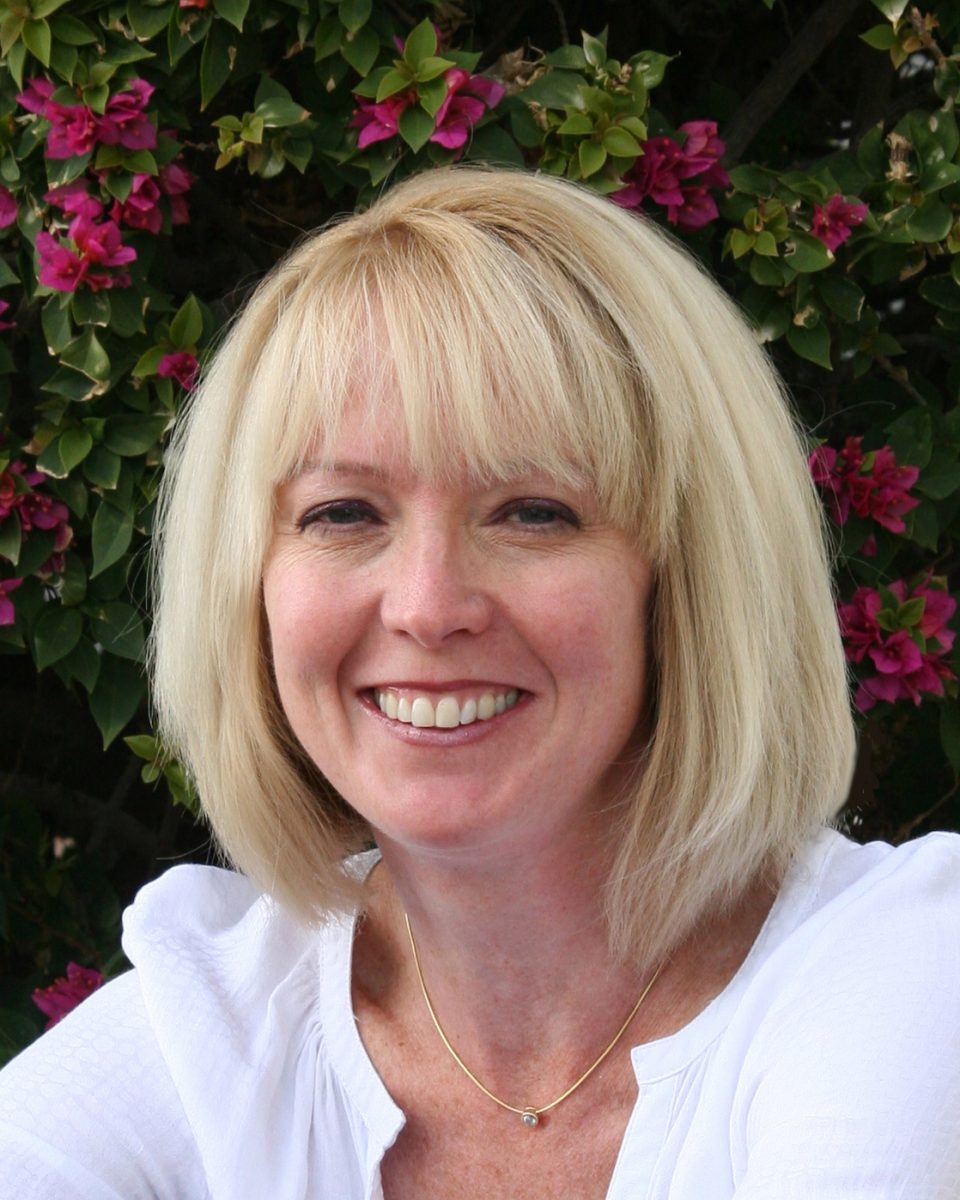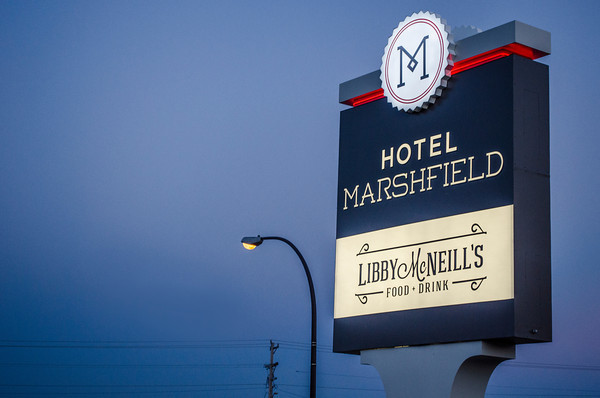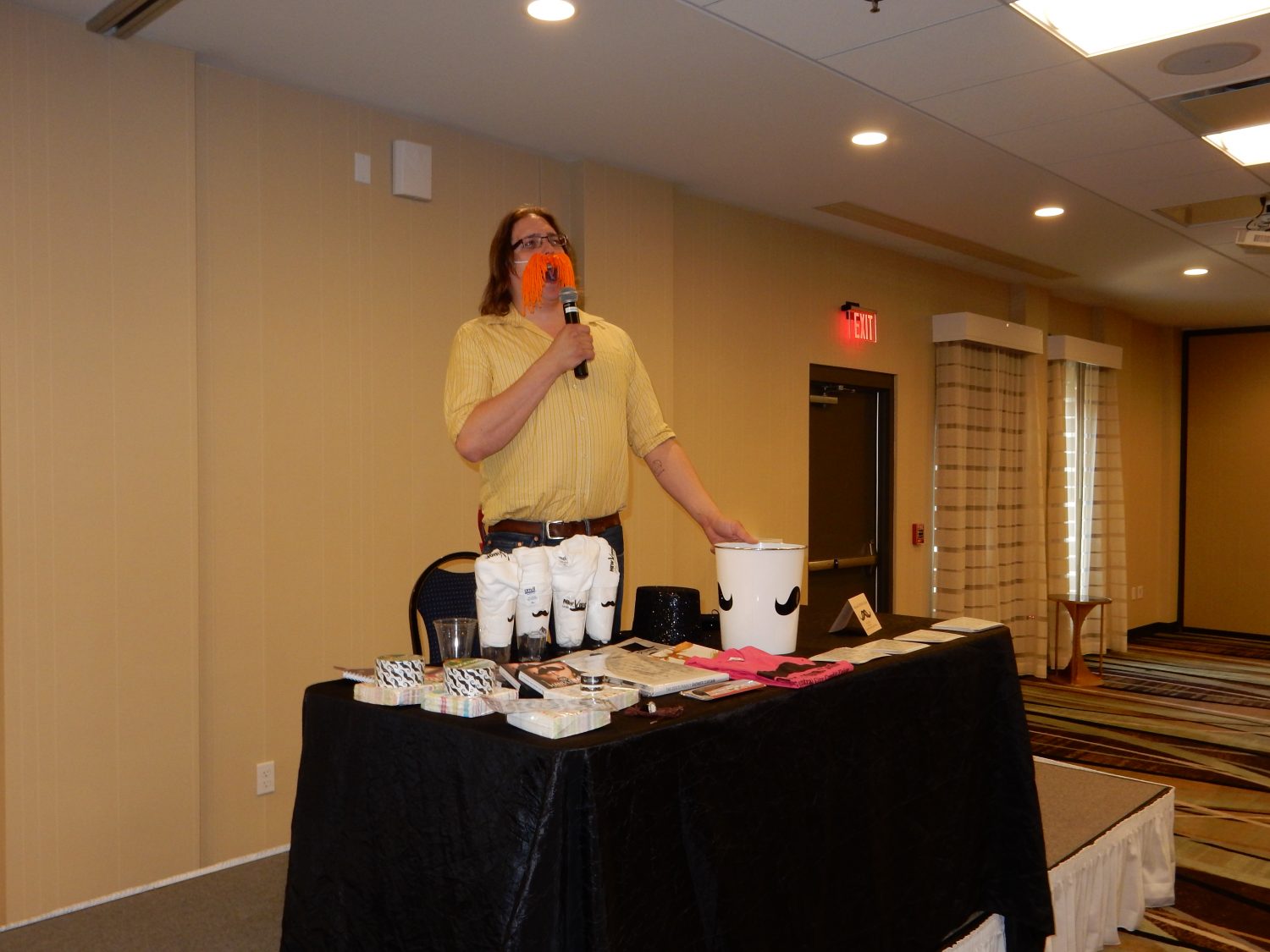Marshfield, November 1902: Happy hunting

Residents work to reduce the impact of visiting hunters
By Kris Leonhardt
Featured Columnist
During the 1800s, Wisconsin’s vast forests were logged and later cleared to create farmlands for the pioneers that would follow. Much of the land that bordered the Marshfield area consisted of high water tables with little in the way of drainage.
These conditions meant poor farming soil with limited growing seasons, making it difficult for pioneers to create successful, self-sustaining farming operations. The land, however, had sustaining properties of its own. With its dense natural shelter and access to water, the area was a prime habitat for wildlife.
The land, teeming with deer, attracted hunters from all over the state. Residents of the area watched as hunting parties camped through the seasons on land they did not own. While licenses for the season granted hunters the right to shoot deer, it did not give them the right to hunt wherever they desired.
At the turn of the century, state-issued deer licenses were just $1 for residents — $30 for nonresidents — and allowed for the killing of two deer per season. The number of licensed hunters exploded between the years of 1897 and 1903.
Known as some of the best hunting land in the state, Marshfield area farmers watched as droves of hunters flocked to the area to obtain deer. During the hunting seasons of 1900 and 1901, nearby residents witnessed stray bullets hit buildings and livestock. The overcrowded swamp area had become a danger to families and farms.
Landowners met during the months that led up to the November 1902 season and collaborated on ways to exclude unwanted hunters and nonresidents from the area.
Taking a cue from older settlements in the state, the group came up with a strategy to put an end to the chaos. By establishing a permit system, written forms were to be issued allowing local residents and connected friends and family access to local lands for hunting purposes.
The association consisted of 40 local landowners situated to the south and east of Marshfield. The group called themselves the “Mill Creek Creamery Club.”
Taking it upon themselves to keep their lands safe, the group set up a system for obtaining and reinforcing hunting permits.
All 40 members made and installed signs, signaling to hunters that permits must be obtained before entering, and two men, Charles Zank and William Prosel, were selected as constables to keep matters in order.
Leave a reply
You must be logged in to post a comment.






